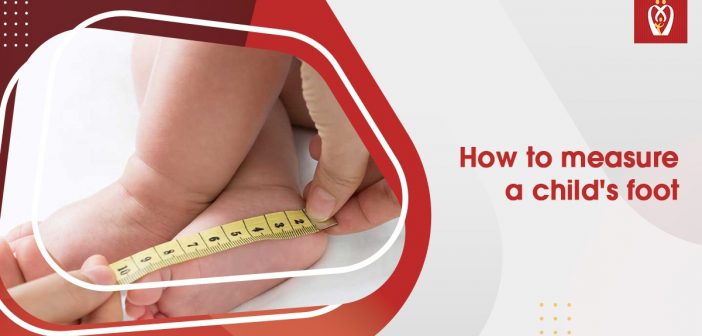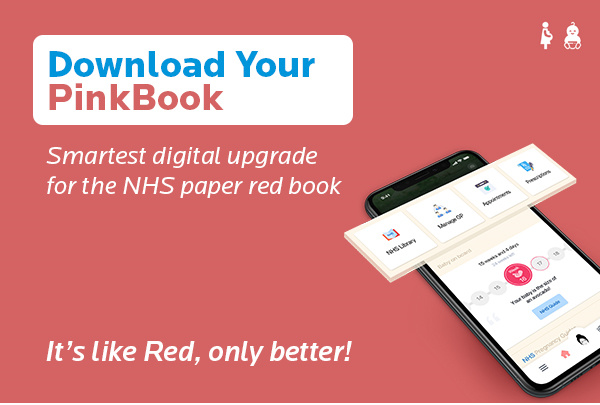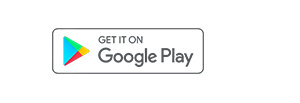One of the most difficult aspects of purchasing children’s shoes is getting them to sit still long enough to acquire an accurate measurement of their feet. Measurements taken when the baby is napping doesn’t give you the correct size.
Children might be injured by shoes that are too tiny or shaped incorrectly. A baby’s feet are delicate and pliable. These reasons are due to the fact that bone and muscular development doesn’t occur until the teen years, around the age of 16. As a result, long-term abnormalities like collapsed arches and bad posture may be caused by wearing improper footwear, even as children grow into adults. As a result, learning the proper way to child foot measurement is an investment in your child’s long-term health.
Your child’s shoes may need to be replaced every eight weeks or so, depending on how quickly they grow out of their previous ones. It’s also at this point that you should take a child’s foot measurement.
To get the best results, take the measurement in the afternoon. Also, it’s a good idea to take measurements of both feet, since one foot may be larger than the other. If this is the case, the bigger foot should be used to determine the shoe size.
When do children need shoes?
The ideal way to learn to walk is without shoes, which is how most children initially take their first steps. A pair of socks may help keep your youngster warm, and there are non-slip types for when he or she begins crawling. But as soon as the kids take their first steps outside, they’ll need to buy their first pair of shoes. The most common time for this to occur is between the ages of ten and twelve months.
The first pair of shoes a youngster wears should be soft and flexible in order to provide the feet with as much mobility as possible while walking about. As a rule of thumb, avoid pointed shoes since they don’t provide adequate room for the toes.
If one wants to get an accurate child foot measurement, they must:
- You should measure both feet since the length of each foot might vary significantly. The bigger the foot, the larger the shoe should be.
- Do this by weighing on each foot and taking a whole body weight measurement. When bearing one’s weight, one’s feet should be at their biggest.
1) The basic way to child foot measurement
White A4 paper, a pen or pencil, a ruler, and a wall are required.
- Put a white A4 sheet of paper along the wall’s edge. Keep the paper level on the floor and against the wall.
- Place the back of your child’s heel against the wall as he/she stands on the paper. The weight of the whole body should be evenly distributed between the two feet.
- Draw a line from the tip of the longest toe to the end of the ruler.
- The distance between the paper’s edge and the drawn line is what you want to know.
- Measure the opposite foot in the same way. Do this for both feet and note the difference in length.
- Add 1cm to the real length to get the correct fit for those small toes, so they can wiggle about comfortably.
2) Child foot measurement through tracing or footprint
A4 paper, a pen or pencil, a ruler, and white or coloured A4 paper are required (Alternative: wet feet)
- Your kid should be able to stand on the paper with equal weight, and you should do the same.
- Trace the contour of the feet using a pen or pencil.
- Using a tape measure, measure the distance from the heel to the longest toe. Make careful to obtain the longest measurement from both feet.
- To ensure that their toes have space to move, add 1cm to the length of the shoe.
The alternative method to child foot measurement is when they are done taking a shower, place a piece of paper on your bath towel. As your kid gets out of the tub, instruct him or her to stand firmly on the paper with both feet. Take exact measurements of the wet prints.
3) Using a foot ruler for child foot measurement
A foot ruler for kids or the original Brannock Device is required.
- Using a foot ruler, place it on a flat, level surface.
- Measure both feet by having your kid stand on the ruler equally. The longest measurement is the best option.
- To ensure that your toes have space to move, add 1cm to the length of the shoe.
You can now track your child’s growth, make appointments and so much more on Nurturey’s Pink Book app. NHS Red Book now goes digital!




